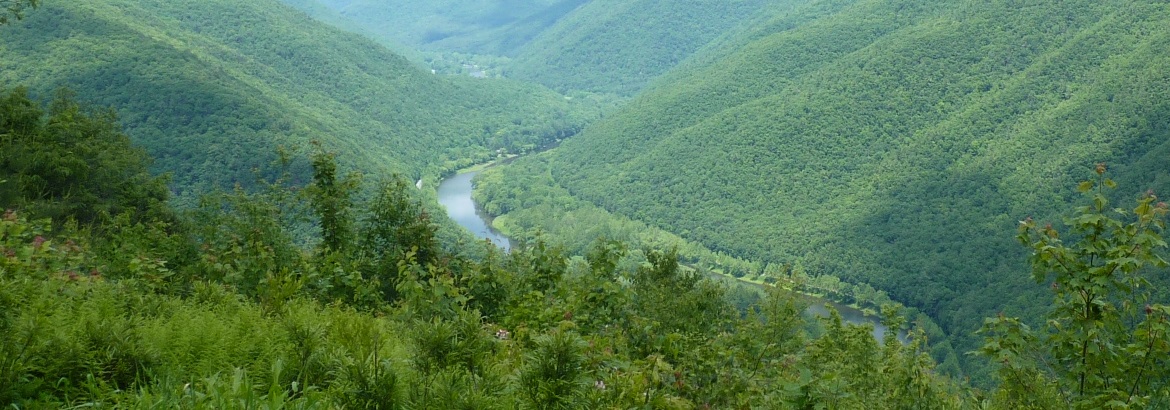 Other Conservation Resources
Other Conservation Resources
There are a number of other important digitally-maintained resources supporting conservation in Pennsylvania that are not managed by PNHP, but either rely to some degree on PNHP data and expertise, or provide complementary information to what PNHP offers. Four are described below.
Pennsylvania Wildlife Action Plan
The Pennsylvania Wildlife Action Plan is a non-regulatory, proactive conservation document which was developed to prevent Species of Greatest Conservation Need (SGCN) from becoming federally listed as endangered—and thus requiring more expensive and intensive management interventions—by providing information on conservation approaches that can be taken now to maintain current populations and reduce the negative of impacts of development and other human actions. The 2015 plan compiles information for 664 birds, mammals, amphibians, reptiles, fish, and invertebrates of greatest conservation need in Pennsylvania, detailing their current status, major threats, conservation actions that can be taken, and results of monitoring and research. The plan also provides guidance on how best to monitor and manage our extant populations and remaining habitats.
Pennsylvania Outdoor Recreation Plan
Pennsylvania’s outdoor recreation plan provides strategic guidance for how our state manages outdoor recreation. This plan was developed by Pennsylvania Department of Conservation and Natural Resources staff and researchers, with advice from a technical advisory committee representing diverse perspectives on outdoor recreation and conservation. In addition, thousands of public comments providing feedback on plan contents were incorporated into the final draft. Our outdoor recreation plan provides valuable guidance for where Pennsylvania should invest time and money into land management, policy making, and projects, while simultaneously allowing Pennsylvania to remain eligible for federal Land and Water Conservation funds.
The edition of the plan that was completed in 2014 focuses on using outdoor recreation opportunities to increase community health and wellness, support local parks, increase state tourism focused on Pennsylvania’s natural heritage, encourage stewardship and conservation of our natural resources, and develop long-term, stable funding strategies for outdoor recreation and conservation efforts. A list of recommendations and action steps to achieving them are outlined in the plan. Many of these recreation goals are complementary to conservation planning; for example, efforts to engage and support the hunting and fishing communities in Pennsylvania focus on conserving wildlife populations and habitats.
PALTA Conservation Tools
The Pennsylvania Land Trust Association (PALTA) digital Conservation Tools library provides guidance and resources to support organizations and local governments in their efforts to protect wildlife habitat and open space in Pennsylvania, and plan and implement conservation developments. The information provided focuses on the practical aspects of conserving land in Pennsylvania, including a comprehensive overview of land use regulations in the state, approaches to acquiring land and conservation easements, strategies for financing conservation, and managing recreation, education, and stewardship activities on protected lands. It also maintains a digital database of Pennsylvania experts in a wide variety of fields related to conservation, ranging from legal expertise related to conservation land acquisition, to forestry, to historic preservation. Other valuable resources available through this library include example photographs of conservation signage from conservation properties across the state, model documents to use when developing official agreements and regulatory frameworks for conservation actions, and an interactive map of conserved properties across the state. The Conservation Tools library is updated frequently, so that its content remains relevant to conservation practitioners.
NatureServe Explorer
NatureServe Explorer provides up-to-date information about the distribution and status of plants and animals across the United States and Canada. Users can search for individual species or natural communities, groups of species or communities (for example, “vascular plants” or “wetlands”) and filter results by location or conservation status. Information returned includes the global conservation status, the sub-national (state or province level) conservation status, and a map of the species’ distribution across the United States and Canada. In addition, many species also include basic ecology and management information, as well as key references supporting this information.






